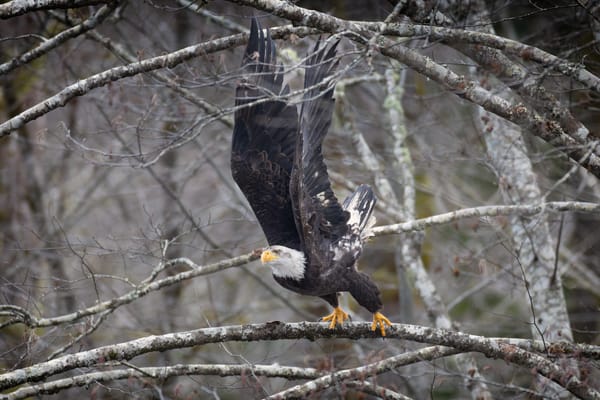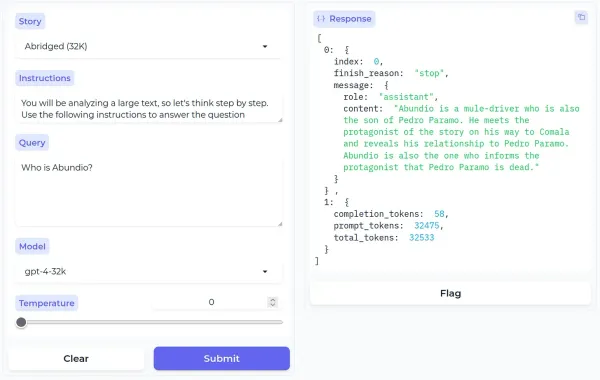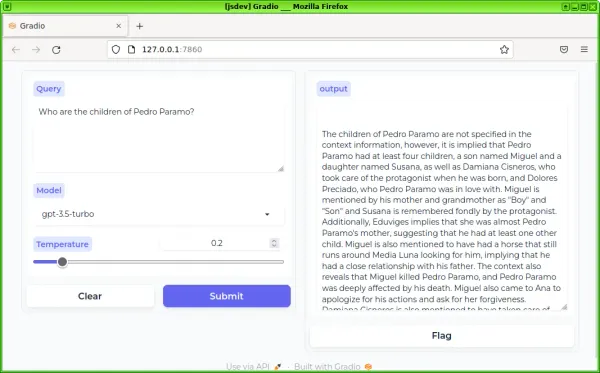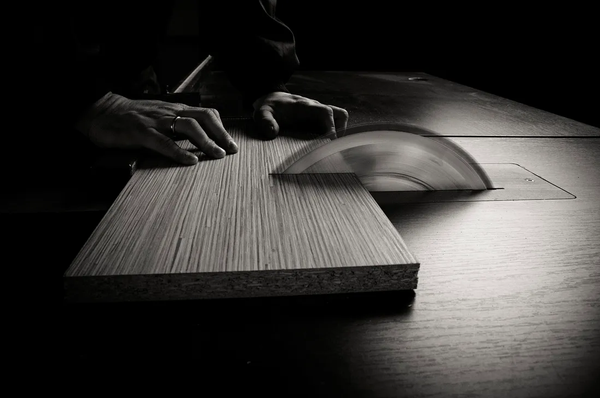When kayaking around Skookumchuck Narrows
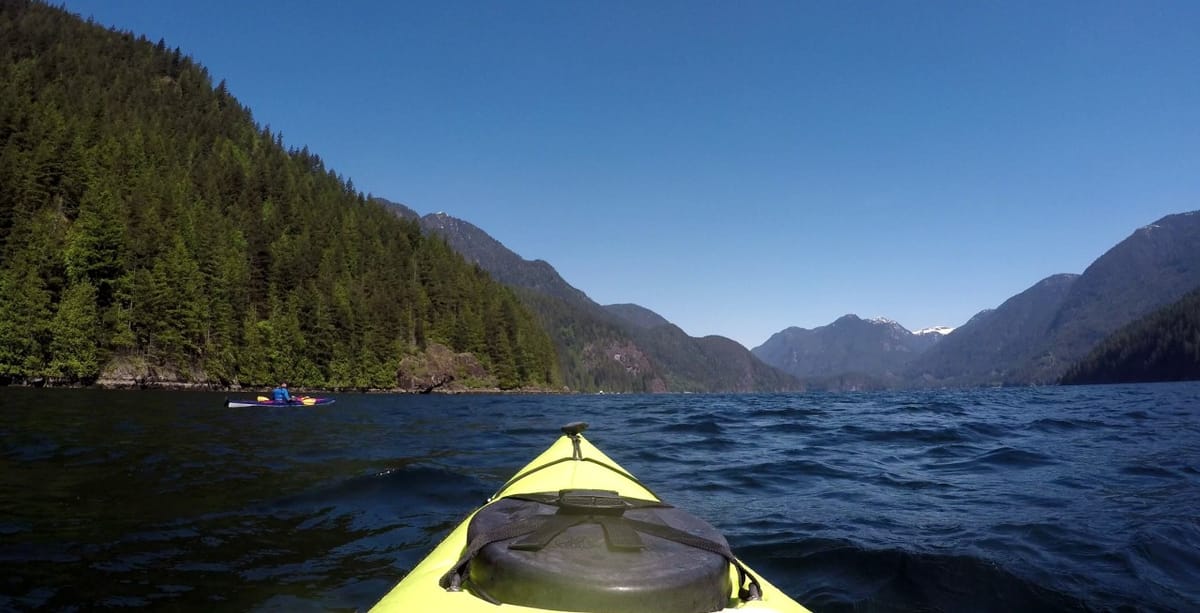
Over 20 years ago, my wife and I took my mom and younger brother to visit the Sunshine Coast, North of Vancouver, during their first trip to Canada. We were heading further north to Powell River, but missed the connecting ferry in Earls Cove and had to wait a few hours for the next sailing.
Being close to the Sechelt Inlet, we thought it was a great opportunity to give my mom and brother a chance to have a real Canadian experience and have them try kayaking.
We rented kayaks from the nearby village of Egmont, and because my wife and I had some kayaking experience (a reckless 4-day trip to Desolation Sound the year before, but that's another story) we didn't think it mattered we were just around the corner from Skookumchuck Narrows, a treacherous narrow straight where the tidal flow can make a 2m difference of water levels. It was far enough away for us to be confident that everything would be fine.
We climbed into our two double kayaks, confident in their stability. I took my mom, my wife took my brother. I had a map of the area, and I orientated myself by taking two points of reference. We dipped our paddles into the sea and off we went.
The water was very calm. Even if you're in the ocean, water is usually calm in inlets.
Despite the smooth seas, we initially had trouble making progress. Trying to teach paddling technique to two people who don't swim and had rarely been close to the ocean can be challenging. It took a while, and I had to focus on multiple things at once. Not only was I doing my best to stay aware of our location, but I also had to explain to my mom proper paddling technique (how to hold it, the correct blade placement in the water, and the right rhythm/pace), meanwhile keeping an eye on my wife and brother (who were getting further and further away). I became distracted trying to perfect our technique, and I lost sense of where we were. The water was very calm, so it didn't matter I had lost sense of our location for a moment, and once I finally managed to get my mom to paddle the right way I was able to orient myself again.
Now we were paddling beautifully, moving cleanly in the water, and we could finally enjoy our experience and the beautiful scenery. We spotted a seal or two, and took pictures. But what I enjoyed the most was not getting splashed by my mom, now that she learnt how to place the paddle blade at the right depth and we managed to paddle at the same pace. Double-kayaking Nirvana, how I enjoyed that moment!
We drifted further from my wife and brother (due to their lack of proper paddling technique) but still at yelling distance.
There are two very importing things to know when ocean kayaking. One is understanding tides and currents (as in really understanding the tides and currents), and always knowing where you are in relation to the shore (as in always).
When there is no wind in a inlet, you don't see currents or movement in the water when the tide is coming in. From your perspective the water's surface is calm and slow, but a huge body of water is coming in, moving you and your kayak with you even noticing.
This tidal action can be managed, as long as you know where you are. You need a map, and points of reference. But you must stick to them. If you miss a point of reference, it can be problematic. In the coastal area of British Columbia, it's only trees and mountains around you, and you'll get lost quickly if you're not careful.
So, while we were blissfully paddling (at a right pace, and with proper technique) in one direction, the tide was actually taking us in the opposite direction. Remember when I was distracted and lost sense of where we were, but thought I had oriented myself again? I was wrong and confused my points of reference.
We were actually just around the corner from the narrows, the second fastest tidal narrows in the world. We were paddling with beautiful technique and pace directly towards deadly waters.
Once I realized where we were, I panicked. I yelled at my wife and brother and urged them to move really, really fast (without telling them exactly what was going on), and after a bit of effort we managed to reach a nearby pier (with horrible paddling technique and horrible pace).
I think this is happening with the way we build software.
We are focusing too much on the perfection of technique and relative pace, and we allow ourselves to get complacent in our sense of comfort. The tide is taking us in a different direction, but we are too happy with our perceived accuracy to notice. We don't know where we are really heading or how long it's taking us, but if we stop to look around it's not to make sure we're reaching our destination, it's just to point out how our perceived velocity and accuracy is better than others'.
And it can actually get worse by demonizing any attempt to bring reference points which could give us an actual idea of real progress and direction.
Deadlines are points of reference which help us orient ourselves to our goal, and let us see our progress. A sense of urgency is not about everything being urgent but about being aware and understanding the importance of moving closer or further from those points of reference.
As a team, we are at the pier now, and to get back on track we need to look at our surroundings. We cannot obsess on our technique, but must instead remain aware of our direction and progress, accept the points of reference (deadlines) and if anything, working more effectively towards our goals.
Oh, and what about that family kayak trip? After some rest at the pier, we still had to head back to our drop off site, but we made the return trip with much less drama. No, it wasn't a near-death experience. While were around the corner, we would still have been a fair distance away from the narrows, but I didn't know that then.


